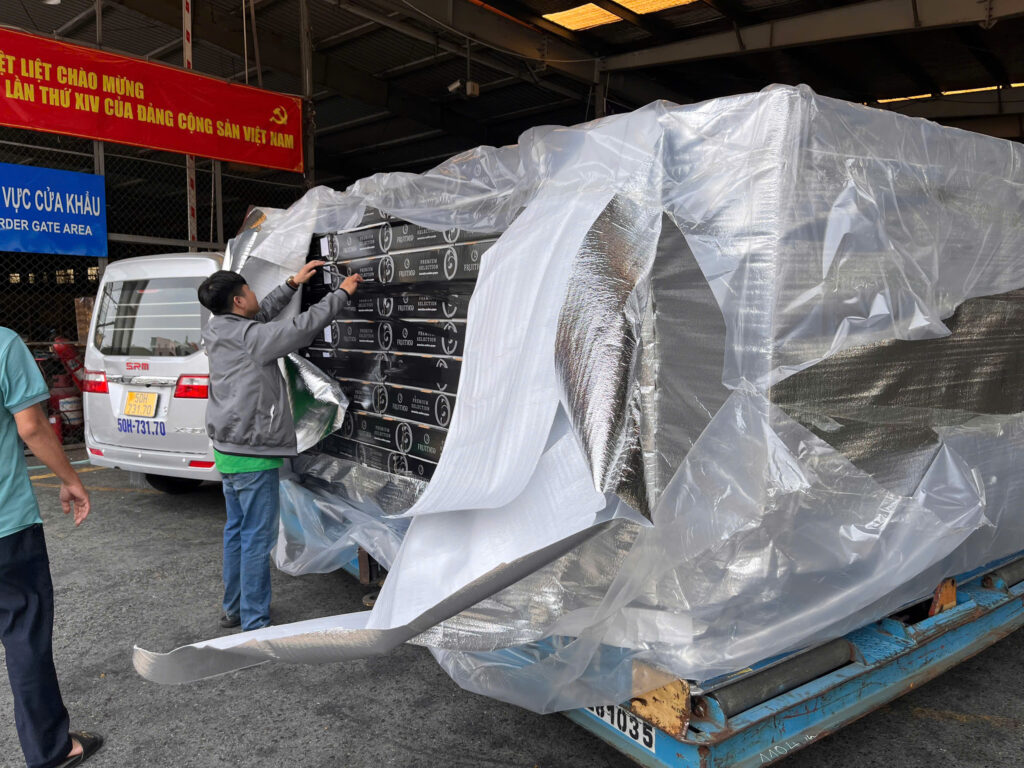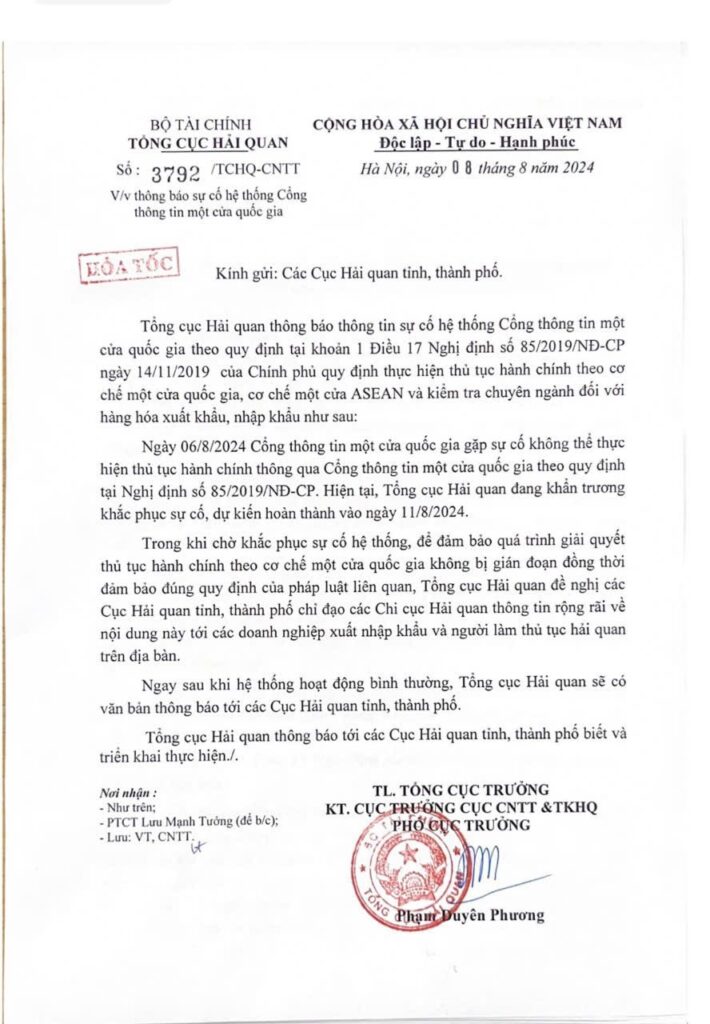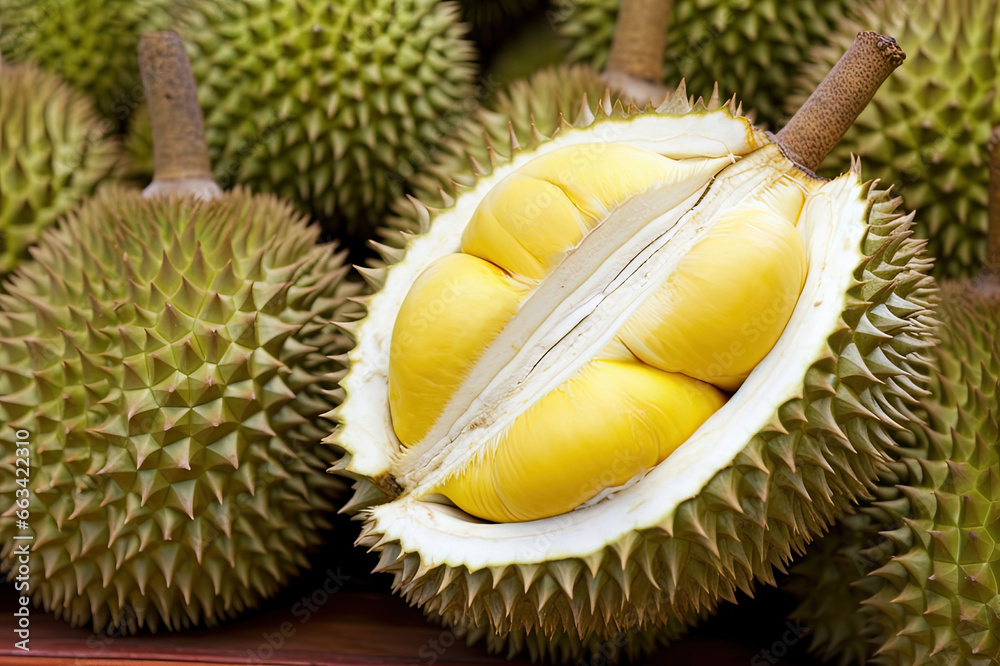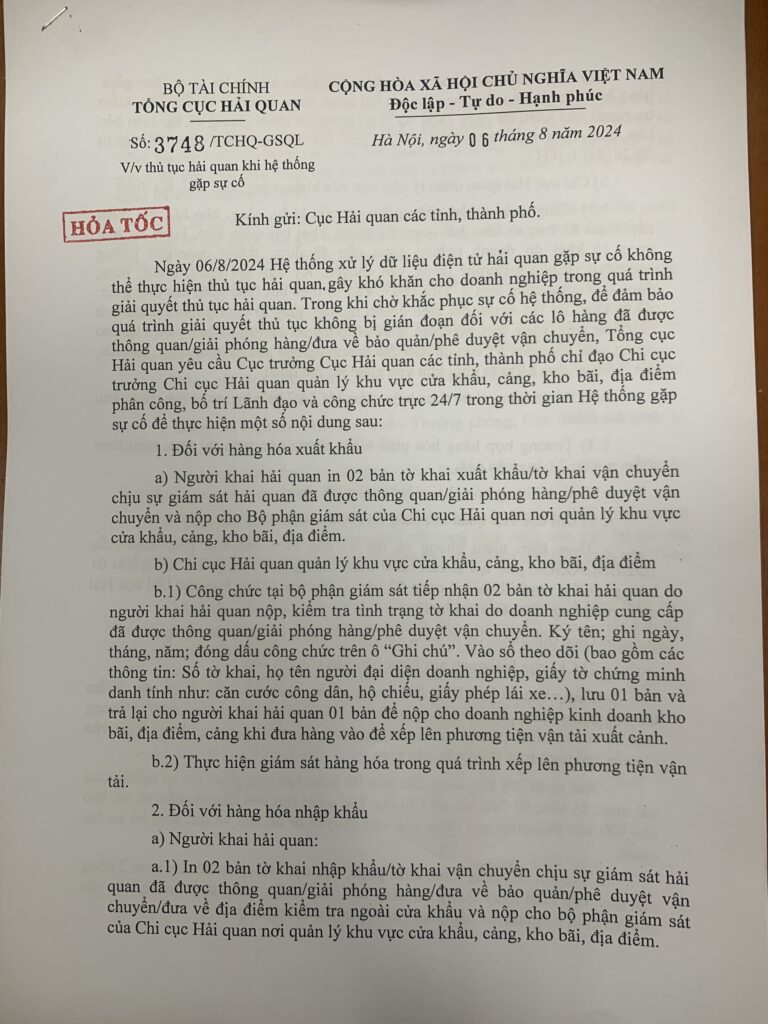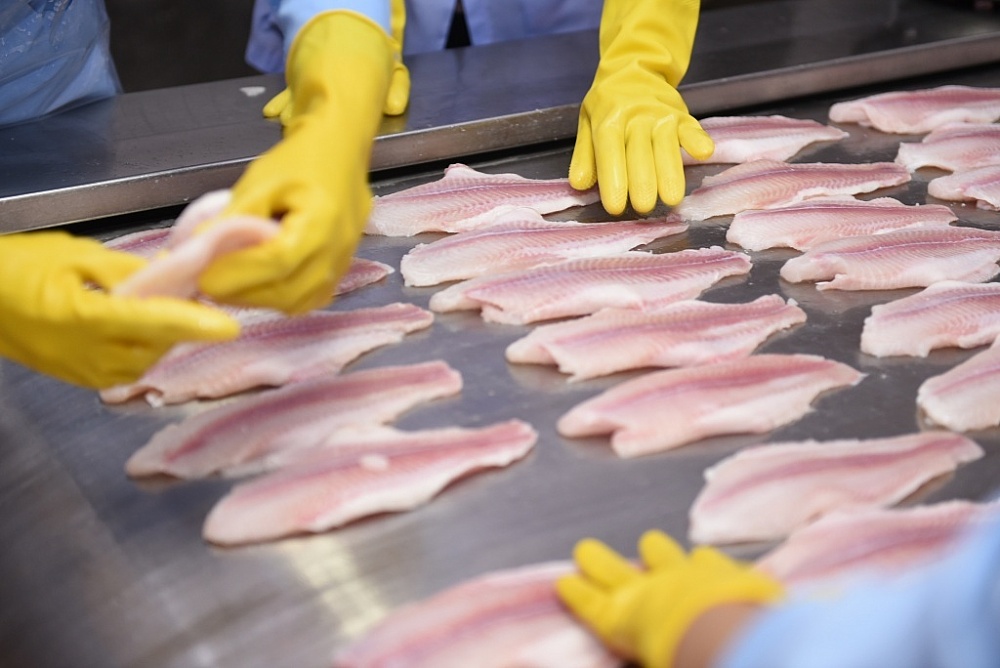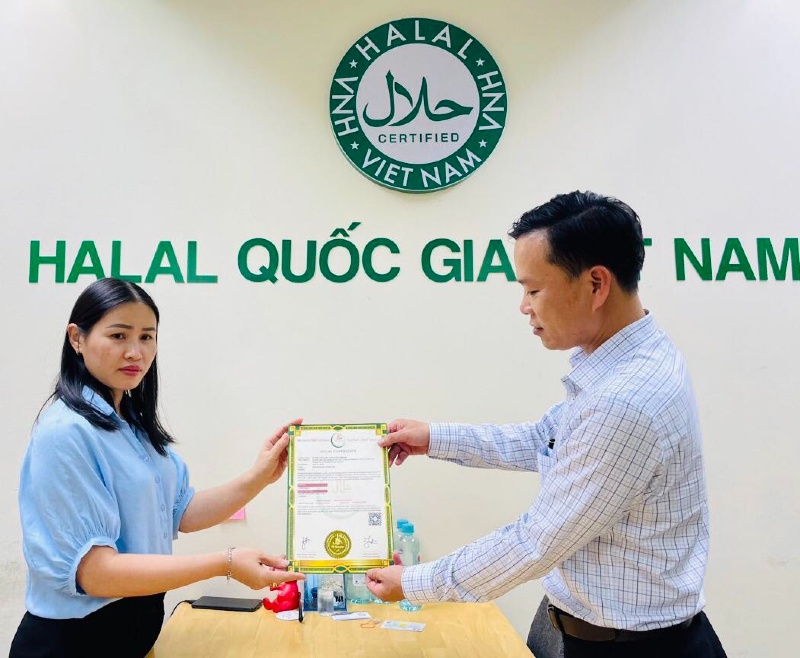From July 20, India bans rice exports, nearly halving the rice output of the world's largest rice exporter, causing fears of further inflation in global food markets.
According to Reuters, the Indian government banned the export of non-basmati rice after rice price Retail sales increased by 3% in a month in this country due to prolonged rain and wind, causing significant damage to crops.
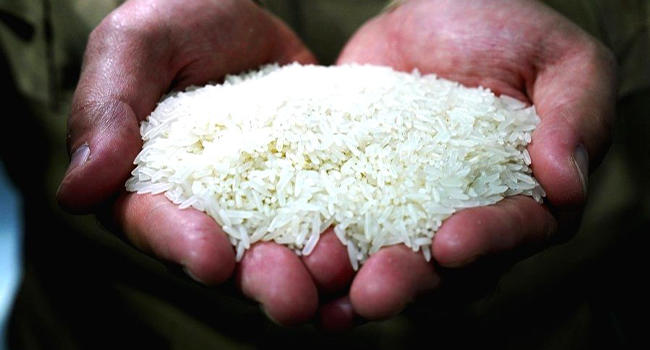
India accounts for more than 40% of world rice exports, so any export cut could increase food prices amid erratic weather and the ongoing Russia-Ukraine conflict disrupting rice supplies. cereal supply.
"To ensure there is enough non-basmati rice in the Indian market and to prevent price increases in the domestic market, the Indian government has revised its export policy," the Indian Food Ministry said in a statement. announced, citing an increase of 11.5% in retail rice prices in 12 months.
Banned rice accounted for about 10 million tons of India's total 22 million tons of rice exports last year.
According to Reuters, this move demonstrates Prime Minister Narendra Modi's government's agility in dealing with food inflation ahead of the general election early next year.
Modi's government extended the wheat export ban after restricting rice exports in September 2022. The government also limited sugar exports this year due to reduced sugarcane productivity.
"India will disrupt the global rice market at a much faster rate than Ukraine did in the wheat market due to its conflict with the United States," BV Krishna Rao, president of the Rice Exporters Association, told Reuters. Russia”.
Rice is the staple food of more than 3 billion people and nearly 90% of rice is produced in Asia, where El Nino typically brings lower rainfall. Global rice prices have hovered at their highest level in 11 years.
Mr. Rao said because Thailand and Vietnam do not have enough inventory to make up the shortfall, African buyers will be most affected by India's decision.
Other top buyers of Indian rice include Benin, Senegal, Ivory Coast, Togo, Guinea, Bangladesh and Nepal.
The ban will take effect from July 20, 2023, but ships loading goods will be allowed to export.
Heavy rains in northern India over the past few weeks have damaged newly transplanted seedlings in states including Punjab and Haryana, forcing many farmers to replant.
This week, Vietnam's rice export price – the world's third-largest rice exporter after India and Thailand – rose to its highest level in more than a decade on growing supply concerns due to El Nino.
Vietnam's 5% broken rice was offered at 515-525 USD/ton - the highest level since 2011. Indian 5% broken rice fluctuated near a 5-year high of 421-428 USD/ton.
Buyers can switch to Thai and Vietnamese rice, but the 5% broken rice from these two countries can increase in price by up to 600 USD/ton, a European trader said.
China and the Philippines - countries that often buy Vietnamese and Thai rice - will be forced to pay significantly higher prices, another European dealer said.
Read the original article here This.

